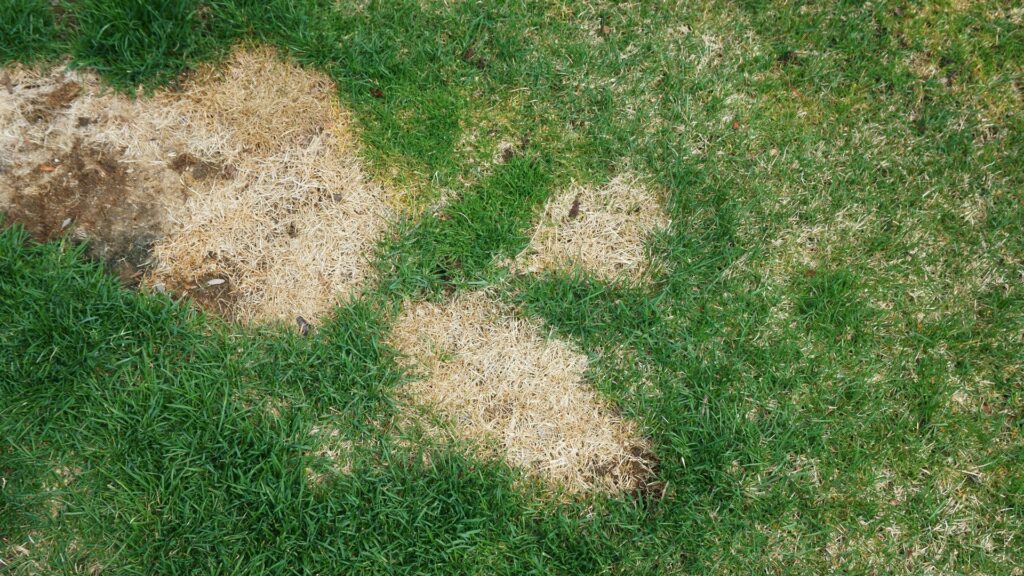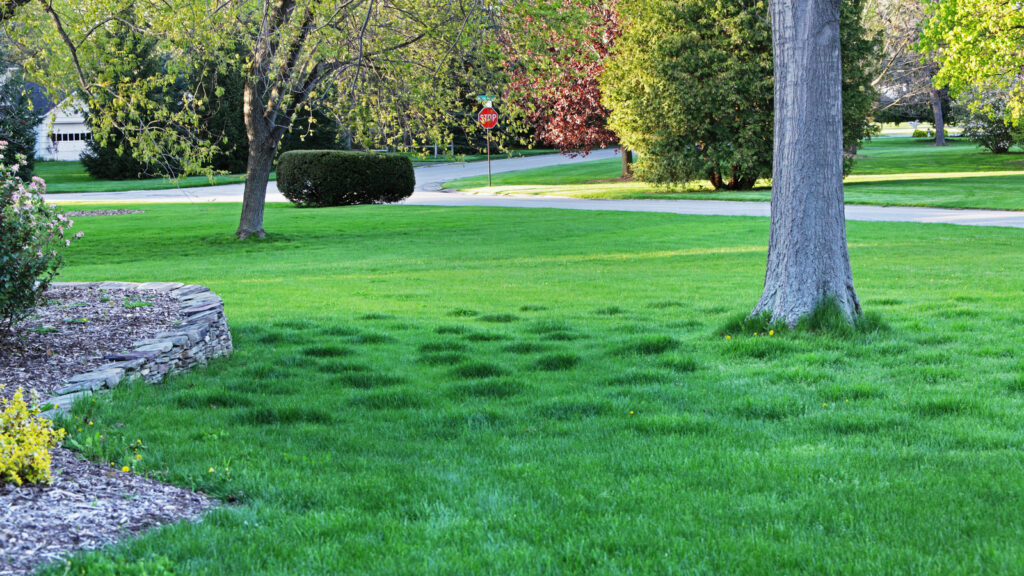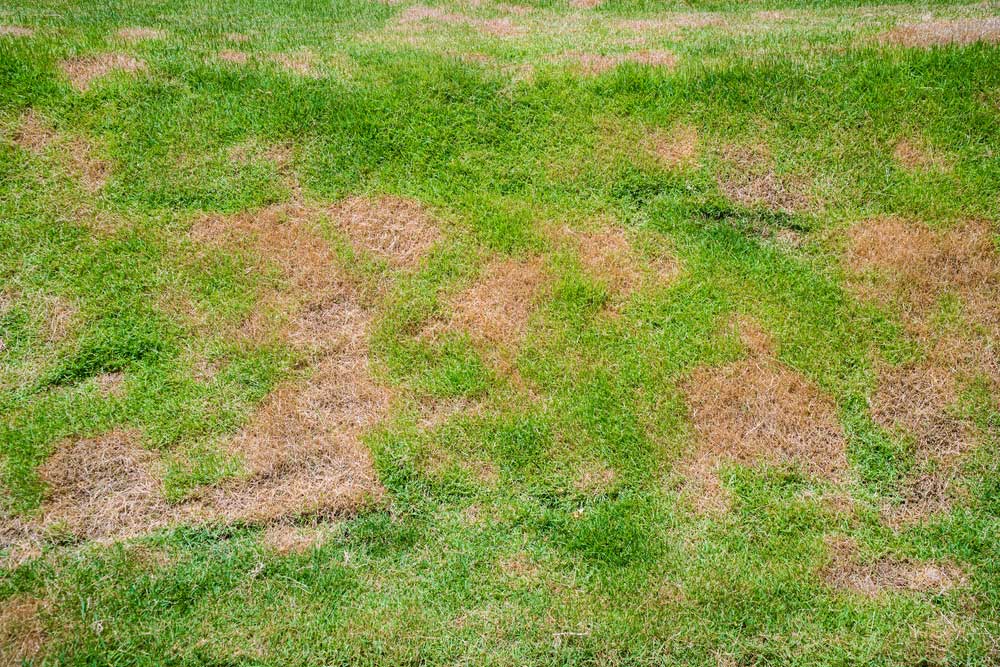A lush, green lawn is the dream of many homeowners, but damage from pests, weather, pets, or neglect can turn it into a patchy mess. If you’re dealing with brown spots, thinning grass, or bare patches, you’re probably wondering: How long does it take to repair a damaged lawn?
The answer varies depending on the extent of the damage and the method of repair. In this guide, we’ll break down the typical lawn repair timeline, influencing factors, and best practices for restoring your lawn fast and effectively.


Typical Lawn Repair Timeline
Here’s a quick breakdown of how long it takes to repair a damaged lawn, based on method:
| Repair Method | Estimated Time to Results |
|---|---|
| Lawn Assessment | 1–2 days |
| Soil Prep & Cleanup | 2–5 days |
| Overseeding | 7–21 days |
| Sodding | 2–3 weeks |
| Patch Repair | 2–4 weeks |
| Full Lawn Recovery | 4–8 weeks (with maintenance) |
Keep in mind that weather conditions, grass type, and lawn size all affect how quickly your lawn bounces back.
Tips to Speed Up Lawn Recovery
Water consistently – New seeds and sod need daily moisture.
Use high-quality seed or sod – Cheaper varieties may fail to establish.
Fertilize smart – Use starter fertilizers to boost early growth.
Avoid foot traffic – Protect newly repaired areas from pets and people.
Monitor progress – Look for signs of growth, pest return, or overwatering.
Before diving into repairs, start by assessing the damage. Is your lawn suffering from:
Bare spots?
Thinning grass?
Grub or insect damage?
Fungal infections?
Pet urine burns?
Take a day or two to diagnose the root cause of the lawn damage. Proper identification helps determine the most effective repair strategy and avoids wasting time and resources.
Once the damage is assessed, preparation is key. This stage includes:
Removing debris and dead grass
Detaching thatch or aerating compacted soil
Applying weed or pest control, if needed
Testing soil pH and nutrient levels
Preparation may take anywhere from 2 to 5 days, depending on the lawn size and type of damage.
The lawn repair method you choose significantly impacts the recovery timeline.
a) Overseeding (7–21 Days)
If your lawn is thinning but still mostly intact, overseeding is a great way to rejuvenate it. Grass seeds typically germinate within:
7–10 days for ryegrass
10–14 days for fescue
14–21 days for bluegrass
With proper watering and care, visible improvement occurs in 2–3 weeks.
b) Sodding (2–3 Weeks)
Sod provides an instant green lawn, but it still needs time to establish roots. New sod usually takes:
7–10 days to root into the topsoil
2–3 weeks for deeper rooting and full integration
During this time, regular watering is essential to prevent the sod from drying out or lifting.
c) Patch Repair with Plugs or Patches (2–4 Weeks)
For small, damaged areas, grass plugs or repair patches can be effective. These typically establish in:
2–4 weeks, depending on soil quality and temperature
Even after initial repairs, your lawn needs consistent maintenance to stay healthy. This includes:
Watering deeply but infrequently (1–2 inches per week)
Fertilizing as needed
Mowing at the proper height
Weed and pest control
Continued care ensures your repaired lawn thrives and resists future damage.
Final Thoughts
So, how long does it take to repair a damaged lawn? In most cases, you can expect to see noticeable improvement within 2 to 4 weeks, but full recovery may take up to 2 months depending on the extent of the damage and care given.
By following a structured lawn repair plan and staying consistent with maintenance, you’ll have your green oasis back in no time.


